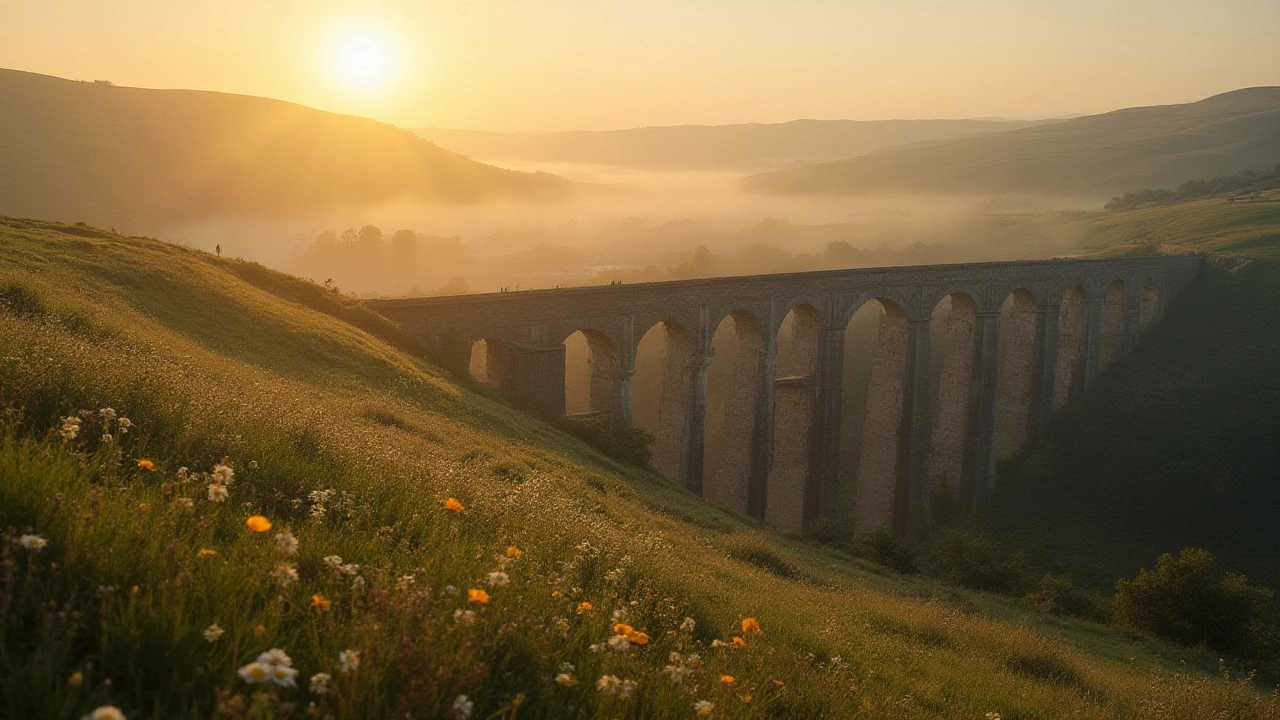Rome Travel: See Roman Architecture, Plan Smart, and Save Time
Rome is layers of buildings you can walk through: ancient arches, Renaissance palaces, and Baroque squares. If you want to soak up architecture without wasting hours in lines, here are clear, useful tips and a simple plan to see the best sites.
Must-see sites and quick tips
Start with the Colosseum, Roman Forum, and Palatine Hill. Buy a single combined ticket online in advance and choose the earliest entry. You’ll beat big crowds and get better photos. The Pantheon is free but crowded—visit right when it opens or after 6pm for softer light. For aqueducts and engineering wonders, head outside the center to Parco degli Acquedotti or take a short trip to Ostia Antica for a quieter ancient town.
Want mosaics and domes? Plan a day trip to Ravenna to see Byzantine mosaics, or include San Clemente and the Baths of Caracalla in Rome for layered history. If you like grand interiors and dramatic facades, the Vatican, St. Peter’s Basilica, and Piazza Navona show Renaissance and Baroque at their best. Book Vatican Museums online and aim for a late-afternoon slot when the flow is calmer.
Simple itineraries and practical advice
One-day core: wake early for the Colosseum + Forum (3–4 hours), walk through Capitoline Hill to the Pantheon, lunch in Campo de’ Fiori, then Piazza Navona and the Spanish Steps by late afternoon. Two-day plan: add Vatican Museums and St. Peter’s, plus Borghese Gallery or a relaxed afternoon in Trastevere for narrow streets and local food.
Timing and comfort matter. Wear good walking shoes—cobblestones are everywhere. Carry a refillable water bottle; Rome has public water fountains (nasoni). Bring a light scarf to enter churches where shoulders must be covered. If you want guided context, pick a small-group tour focused on architecture or an expert-led walk through the Forum; it saves time and makes stone and columns actually interesting.
Money and tickets: skip-the-line tickets cost more but save hours. Consider the Roma Pass only if you’ll use public transport and multiple paid museums—it’s not always worth it for very short stays. Watch your bag in crowded spots like Termini station and tourist hubs.
Photography tips: early morning and golden hour give softer light on travertine and brick. For interiors, use a wide lens and steady hands—many churches ban tripods. Look for small details: reused Roman columns, carved inscriptions, and patched repairs that tell how buildings evolved.
If you want deeper reads, check articles on Ancient Roman architecture, Romanesque and Renaissance sites, and guides to Byzantine and Baroque treasures to pick day trips that match what you love. With a little planning you’ll see more, wait less, and actually enjoy Rome instead of rushing through it.

Ancient Roman Hidden Gems: Unveiling Forgotten Marvels of Roman Architecture
Explore lesser-known wonders of ancient Roman architecture. Journey beyond the Colosseum and discover hidden gems, quirky facts, and travel tips. History lovers, this is for you.
Read more